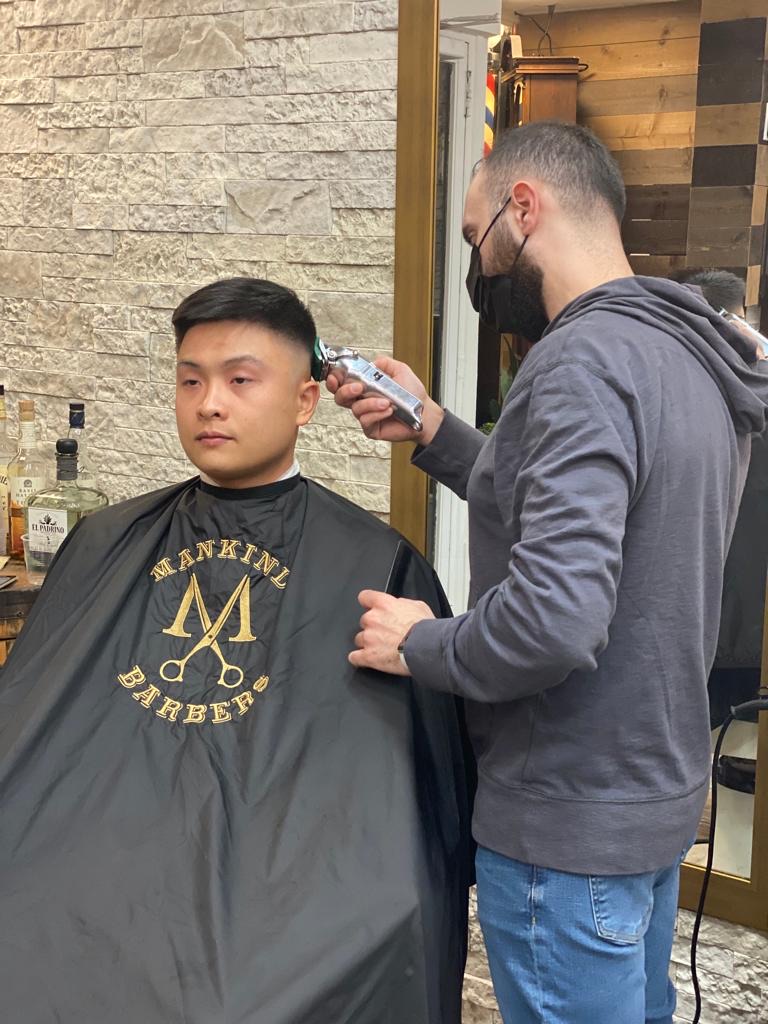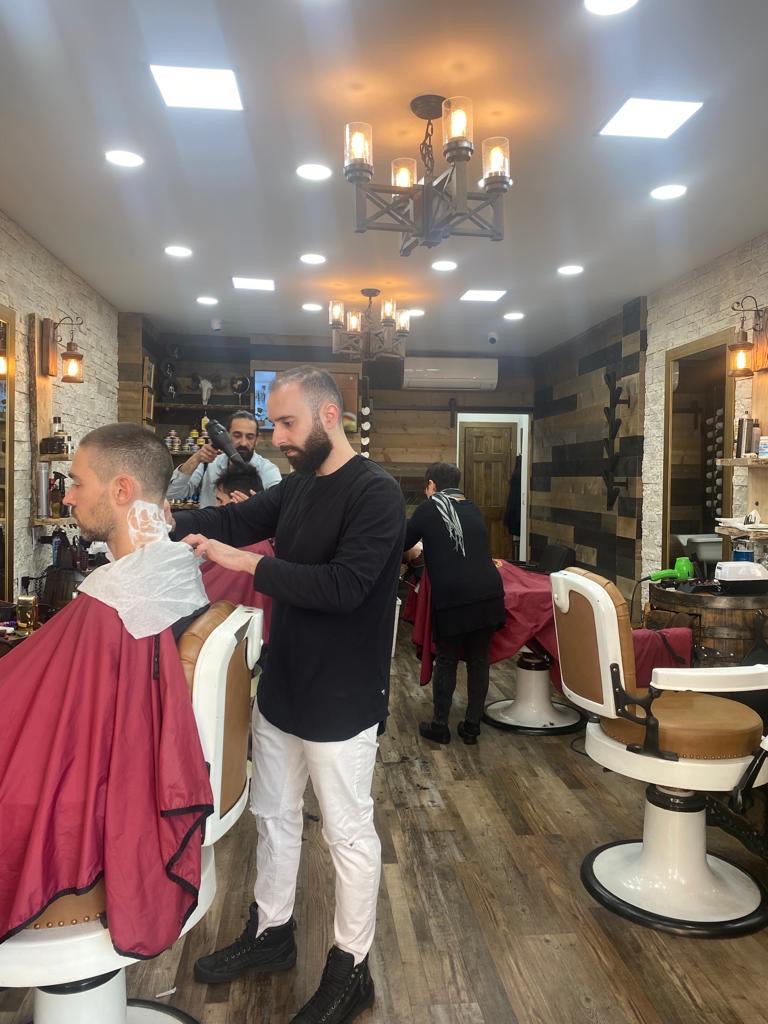Frequently Asked Questions
To achieve a seamless fade from a number 2 guard to a number 0, utilizing intermediate clipper guard sizes is essential for blending the hair smoothly. A common approach involves starting with the number 2 guard, which leaves approximately one-fourth of an inch of hair length, and then transitioning to a number 1.5 or half guard (often referred to as no. “1” or blended transition) that allows for precision in reducing bulk without creating harsh lines. Following this step, employing the one-guard will further refine the blend by slightly shortening hair while maintaining texture and depth before finally using the zero gap technique with clippers set at their lowest setting for achieving skin level fades around the nape and sides. Integrating techniques such as flicking motions during cutting can enhance this process, along with consistent combing through each section of hair to ensure evenness throughout; thus ensuring an immaculate gradient effect that appears natural and effortlessly stylish.
To achieve a smooth transition when blending between different hair textures in a fade haircut, the stylist must employ precise techniques such as tapering, texturizing, and point cutting. Utilizing clipper guards of varying lengths enables the seamless integration of coarse and fine hair types while maintaining natural movement throughout the hairstyle. The stylist should focus on establishing a gradient effect by slowly transitioning from shorter lengths at the nape to longer strands on top, ensuring that any contrast in curl patterns or wave formations is harmonized through strategic thinning shears use. Additionally, incorporating layering can enhance dimension and reduce bulkiness where needed. Techniques like scissor-over-comb may also be advantageous for refining edges and achieving an immaculate finish around sensitive areas like the temples and ears, thus resulting in an aesthetically pleasing blend that showcases both texture diversity and overall cohesion within the fade haircut design.
For refining the top sections of a faded hairstyle, utilizing scissor-over-comb techniques such as point cutting and texturizing can yield exceptional results. Point cutting allows for softening the edges, creating a seamless transition from the shorter fade to the longer hair on top while maintaining natural movement. Employing a blending comb during this process enhances control over tension and precision in layering, ensuring that each snip contributes to an even distribution of length and texture. Additionally, incorporating slide cutting helps remove bulk without compromising overall shape or definition. When executed correctly, these methods enable hairstylists to achieve a polished finish that complements both classic fades and modern styles by promoting flow and minimizing harsh lines between different lengths.
Fading techniques for curly hair differ significantly from those used on straight hair due to the unique texture and growth patterns inherent in each type. When working with curly hair, stylists often employ a more cautious approach to blending, focusing on maintaining the natural curl pattern while creating seamless transitions between lengths; this might involve utilizing clipper-over-comb methods or scissor over comb techniques that preserve volume and enhance shape without sacrificing definition. In contrast, fading straight hair typically allows for sharper lines and more distinct contrasts since the smoothness of straight strands can showcase precise graduation effectively. Advanced blends in straight textures may utilize sheer clippers for close fades or precision trimmers to achieve clean edges along the nape and sides, emphasizing geometric shapes. Furthermore, product application plays a crucial role; curl creams or leave-in conditioners are essential when styling curls post-fade to maintain moisture balance and define coils, whereas lightweight pomades or matte waxes work well with straighter styles to add structure without weighing down the look. Ultimately, understanding these nuances is vital for achieving optimal results tailored specifically to either texture's characteristics during an advanced blend process.
To enhance fade transitions without sacrificing length, the recommended method for using texturizing shears involves a precise technique that focuses on blending layers seamlessly. The stylist should begin by sectioning the hair and selecting specific areas within the fade to apply texture, ensuring that they maintain control over the overall silhouette. By employing point-cutting or slide-cutting techniques with texturizing shears, one can create soft edges and gradual shifts between different lengths while preserving bulk at critical points. This approach allows for an airy finish in textured fades, minimizing harsh lines while maximizing movement throughout the hairstyle. Additionally, utilizing these specialized scissors strategically during dry cutting provides immediate visual feedback on how well the transition is developing, allowing further adjustments as needed to achieve a polished look that enhances both depth and dimension in men’s hairstyles or women’s layered cuts alike.

